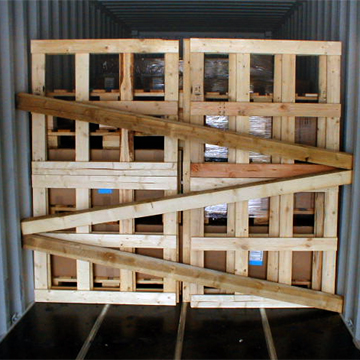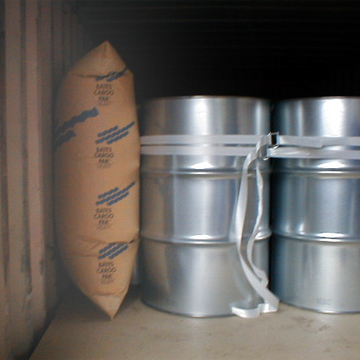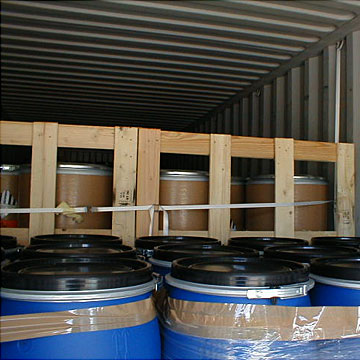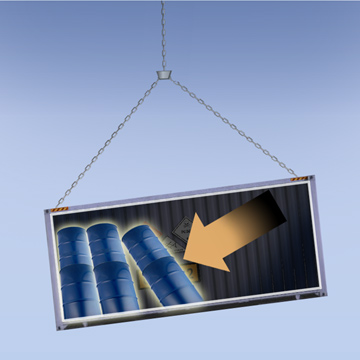-
1. Introduction
-
2. Classification
-
3. Packing Chemicals
-
1. Title page
2. Introduction
3. Definitions
4. General Provisions for Packing
5. Additional provisions for the Use of IBCs
6. General Provisions concerning Packing Instructions
7. Packing Instructions - Packagings
8. Packing Instructions - IBCs
9. Code for Type of Packaging
10. Construction and Testing of Packagings
11. UN Marking of Packagings
12. Exercise: UN Marking of Packagings
-
4. Marking and Labelling
-
1. Title page
2. Introduction
3. Definitions
4. Marking Provisions for Packages
5. Marking & Labelling Specifications
6. Specification of the Marine Pollutant Mark
7. Package Orientation Arrows
8. Provisions for Labels
9. Placarding Provisions
10. How many Placards?
11. Marking of Cargo Transport Units (CTUs)
12. Additional Markings for CTUs
13. Example: Marking & Labelling of Packages
14. Example: Marking & Labelling of Drums
15. Example: Marking & Labelling IBCs
16. Example: Marking & Labelling Flexible IBC's
17. Example: Marking & Labelling Unit Loads and Overpacks
18. Example: Marking & Labelling Portable Tanks
19. Example: Marking & Labelling Freight Containers
20. Example: Marking & Labelling Freight Containers II
21. Exercise
-
5. Documentation
-
6. Packing of Cargo Units
-
1. Title page
2. Introduction
3. Conditions during a Sea Voyage
4. Prepacking Requirements - Inspections
5. Prepacking Requirements - Information/Application
6. Stowage Requirements
7. Example Segregation
8. Packing and Securing Principles - General
9. Packing and Securing Principles - Drums
10. Bracing and Securing Cargo
11. Exercise
-
7. Limited quantites and exemptions
-
8. Test + Certification
-
9. Downloads + links
-
10. Imprint
Bracing and Securing Cargo

Packages placed inside containers must be secured so that they cannot move. To do so you can...
- use pallets and timber to create "gates" to restrain cargo and prevent it from moving

Packages placed inside containers must be secured so that they cannot move. To do so you can...
- use pallets and timber to create "gates" to restrain cargo and prevent it from moving
- fill the gaps between packages using air bags. These are quick, easy to use and very effective

Packages placed inside containers must be secured so that they cannot move. To do so you can...
- use pallets and timber to create "gates" to restrain cargo and prevent it from moving
- fill the gaps between packages using air bags. These are quick, easy to use and very effective
- lash with strops or ropes fixed to lashing points inside the container

Packages placed inside containers must be secured so that they cannot move. To do so you can...
- use pallets and timber to create "gates" to restrain cargo and prevent it from moving
- fill the gaps between packages using air bags. These are quick, easy to use and very effective
- lash with strops or ropes fixed to lashing points inside the container
- balance the container to prevent damage due to lateral stress on cargo, or topple over by lifting equipment.


